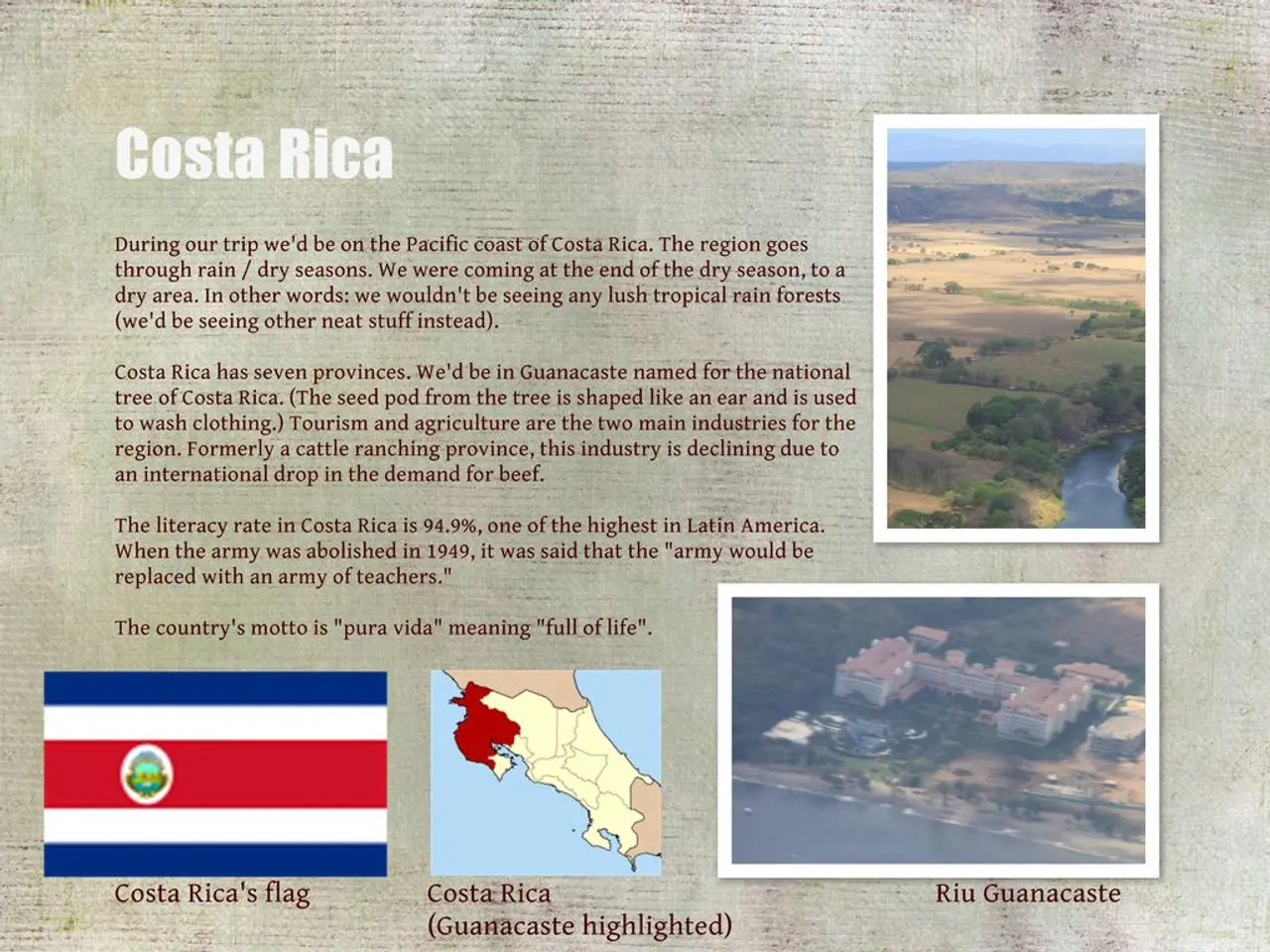Hunting practices adapted to contemporary concern for ecological preservation
In the earliest days of humanity, hunting played a crucial role, providing food and essential resources. This ancient practice has evolved over time, becoming intertwined with traditions, customs, and even rituals that are cherished by many hunters today.
However, the context of hunting has significantly changed. During the Middle Ages, it was a privilege reserved for the nobility. Today, the focus is on sustainability, conservation, and the preservation of biodiversity.
Key modern approaches to sustainable hunting emphasize science-driven management, advanced technology, education, and habitat stewardship. These strategies aim to strike a balance between wildlife management and conservation goals.
Science-based Wildlife Management
Contemporary centres like the RMEF Center for Hunting and Conservation integrate research to improve wildlife management methods, emphasizing how hunting can coexist with and support conservation goals. This approach uses rigorous ecological research, such as monitoring elk populations, to balance sustainable harvest and wildlife health.
Sustainable Hunting Techniques
Education programs, including university courses and mentorship schemes, teach novice hunters ethical practices, proper harvest methods, and ecosystem considerations. This ensures hunting contributes positively to population control and habitat health.
Advanced Biologging and Monitoring Technologies
Cutting-edge biologging devices enable real-time tracking of individual animals’ movements, behaviour, and environmental conditions. This data supports more precise management decisions, helps detect human-wildlife conflicts early, and fosters adaptive conservation strategies in response to environmental changes.
Habitat Conservation Linked to Hunting Interests
Landowners involved in hunting often engage in habitat restoration (reforestation, coppicing, hedgerow planting) to support game species. This incidentally benefits broader biodiversity through enhanced woodland and field ecosystems. Sustainable hunting integrates with these conservation efforts that aim at preserving and enhancing habitats.
Technology in Hunting Equipment
Modern hunters increasingly use sophisticated gear—thermal imaging, GPS tracking, drones, and smart firearms—to improve precision and reduce unnecessary suffering. However, ethical considerations surrounding some technologies are subject to debate.
Community and Cultural Engagement
Programs like Field to Fork recruit and mentor new hunters from diverse backgrounds, promoting responsible hunting that contributes to food sustainability and conservation awareness.
In summary, sustainable hunting strategies today combine scientific research, technology, education, habitat management, and stakeholder collaboration to balance wildlife conservation goals with responsible harvest practices for ecosystem health and biodiversity.
Sustainable hunting grounds are managed to provide sufficient habitat and food for animals. The aim is to maintain animal populations, protect natural habitats, and promote biodiversity. Overabundant species can be prevented from negatively impacting the habitat and food sources of other species through hunting. Targeted measures in sustainable hunting foster biodiversity and control invasive species. Only as many animals as the population can sustain are hunted to maintain a natural balance.
Traditional ceremonies, such as the solemn Hubertus Mass honoring the patron saint of hunters, remain an essential part of the hunting culture. The reduction of excessive populations to prevent damage to forests and agricultural areas is a part of nature conservation through hunting. Ceremonies surrounding a successful hunt, such as the 'blowing away' of the killed game and the 'break', are deeply ingrained rituals.
However, hunting faces new challenges and questions, particularly regarding its sustainability and impact on the environment. Measures for the care and improvement of habitat, such as the creation of wild meadows and hedges, are used in nature conservation through hunting. Control of non-native species that threaten local fauna and flora is another crucial aspect of nature conservation through hunting.
Looking back, hunting has come a long way from its origins in the Stone Age, where it was primarily for food and resources. In the 19th and 20th centuries, sport hunting emerged. Today, sustainable hunting continues to evolve, striving to balance tradition with the needs of wildlife and the environment.
- The RMEF Center for Hunting and Conservation, a contemporary center, focuses on utilizing data from rigorous ecological research, such as monitoring elk populations, to improve wildlife management methods and balance sustainable harvest with wildlife health.
- Education programs, ranging from university courses to mentorship schemes, teach novice hunters about ethical practices, proper harvest methods, and ecosystem considerations, ensuring hunting contributes positively to population control and habitat health.
- Advanced biologging devices are used to track individual animals’ movements, behavior, and environmental conditions, providing data for more precise management decisions and adaptive conservation strategies in response to environmental changes.
- Landowners involved in hunting often engage in habitat restoration like reforestation, coppicing, and hedgerow planting, which benefits broader biodiversity and aligns with conservation efforts aimed at preserving and enhancing habitats for game species.




